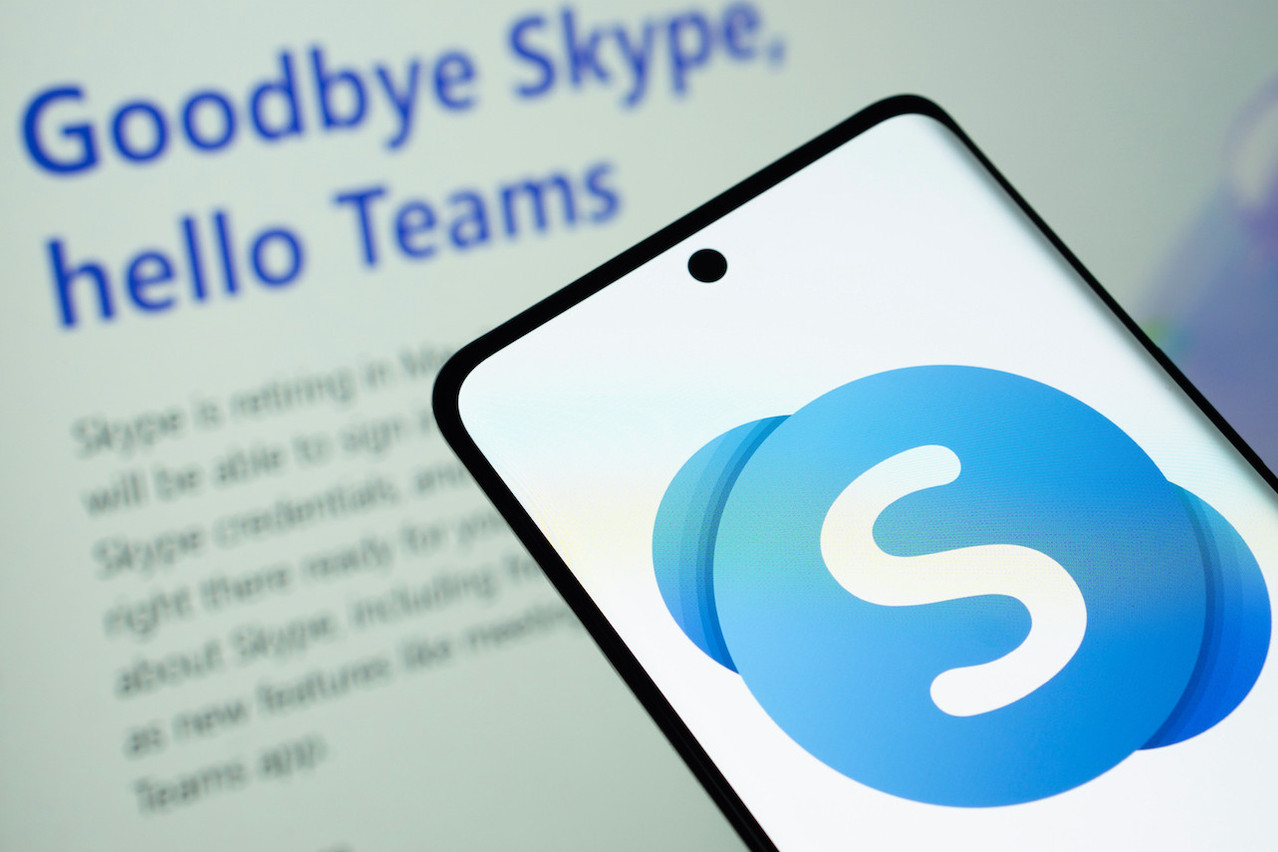The curtain falls on an internet icon. Skype, long synonymous with free video calls around the world, is no longer available as of this Tuesday. The announcement, made in February by Microsoft, marks the end of an era for a service that accompanied the explosion in digital communications in the 2000s.
In a message published on X (formerly Twitter), Skype saluted its users: “For years, we’ve connected family, friends and colleagues in every corner of the world.” It’s a nostalgic message for an application that, at its peak in 2016, still had 300m monthly active users. This figure has plummeted in recent years, dropping to just 36m in 2023.
Launched in 2003 by Scandinavian engineers, Skype quickly experienced a tumultuous destiny. The company had established its legal headquarters there for both tax and regulatory reasons. For several years, Skype Technologies SA, a Luxembourg entity, was the commercial structure of reference for its European and even global activities. In particular, it was responsible for managing payments for Skype’s premium services (such as Skypeout, calls to traditional telephone lines).
Passed into the hands of Ebay, then an investment fund, it was bought by Microsoft in 2011 for $8.5bn--the biggest acquisition in its history at the time. But despite being integrated into the Redmond giant’s services, Skype ended up being eclipsed by competitors that were more agile or better integrated with modern collaborative tools.
Microsoft is now pushing its users towards Teams, its business communication application, which took centre stage during the covid-19 pandemic.
The demise of Skype marks as much the end of a tool as that of a certain internet, freer, more experimental. An era when we “skyped,” as we call it today on Whatsapp or Facetime. A word, a gesture, an era.
This article was originally published in .
